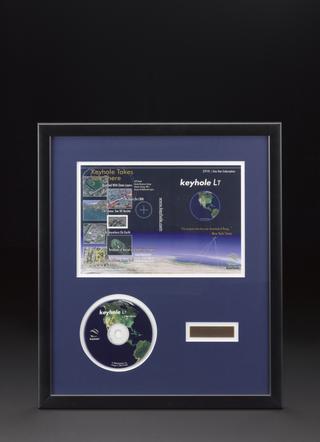
Apollo fuel cell power plant




Apollo fuel cell power plant (plus container). This type of fuel cell provided electricity and water for astronauts during the Apollo missions. The fuel cells ran on hydrogen and oxygen. As long as there is a continuous supply of hydrogen and oxygen, then electricity and water are produced. This technology was essential to the space programme. Three fuel cells like this one were located in the Service Module (SM).The Command Module (CM) and SM were connected during the mission. The CM operations were reliant upon the SM's systems. Fuel cells were also used on NASA's Space Shuttle programme from 1981 - 2011.
Frances Thomas Bacon, a British engineer from Cambridge, developed the fuel cell. His contribution to the Apollo programme earned him a personal thank you from US President Richard Nixon. Bacon continues to inspire engineers working on renewable energy sources today.
During the Apollo 13 mission, two of the three fuel cells failed when an oxygen tank on board the SM exploded. There was rapidly diminishing power and water available on the CM. To survive, astronauts Jim Lovell, Fred Haise and Jack Swigert took shelter in the Lunar Module, which was attached to the CM by an airtight tunnel. It was very cramped with three astronauts in there as the LM was only ever designed to support two people for up to two days. Lovell, Haise and Swigert spent nearly four days in there. They carefully rationed electricity and oxygen while engineers on Earth worked to get them safely back home – which they did!
Details
- Category:
- Space Technology
- Object Number:
- 1974-569
- Materials:
- stainless steel, nickel silver (nickel, copper, zinc alloy), metal (unknown) and electrical components
- Measurements:
-
overall: 1117.6 mm 558.8 mm, 111.1kg
- type:
- fuel cell
- copyright:
- National Air and Space Museum, Smithsonian Institution
- credit:
- Lent by the Smithsonian National Air and Space Museum, Washington, DC




